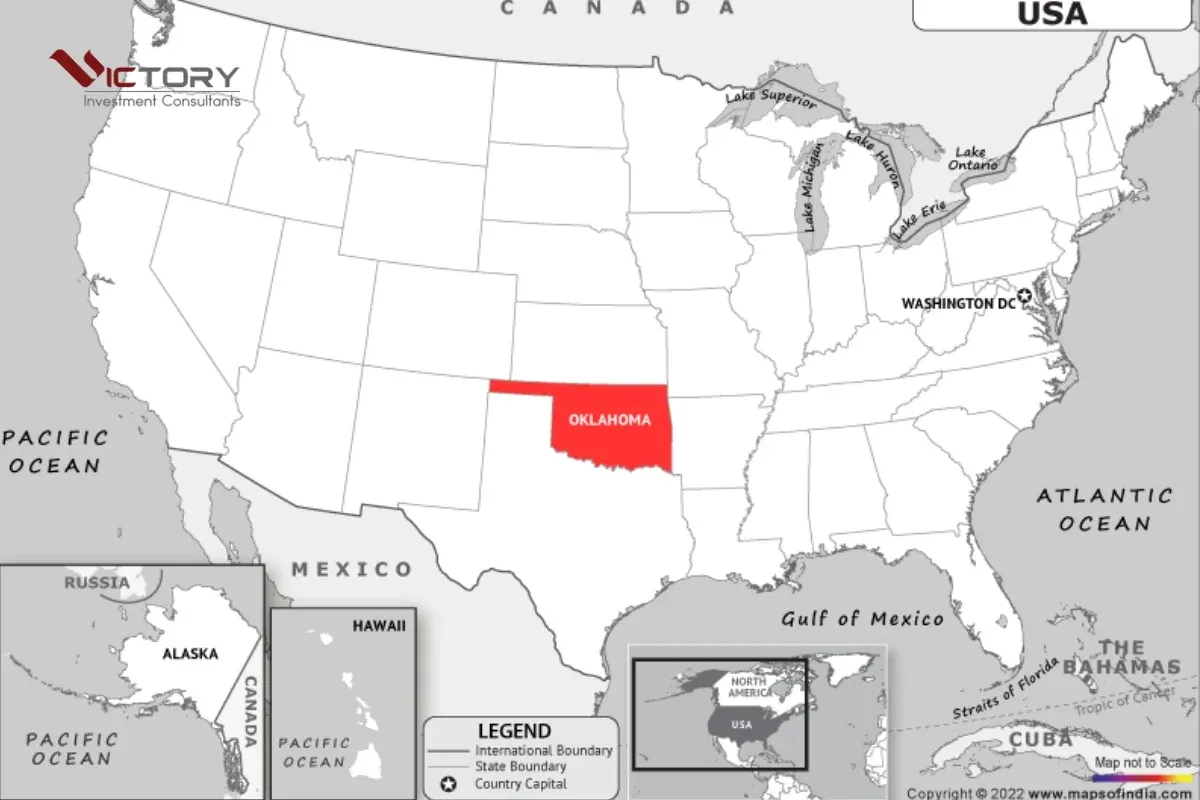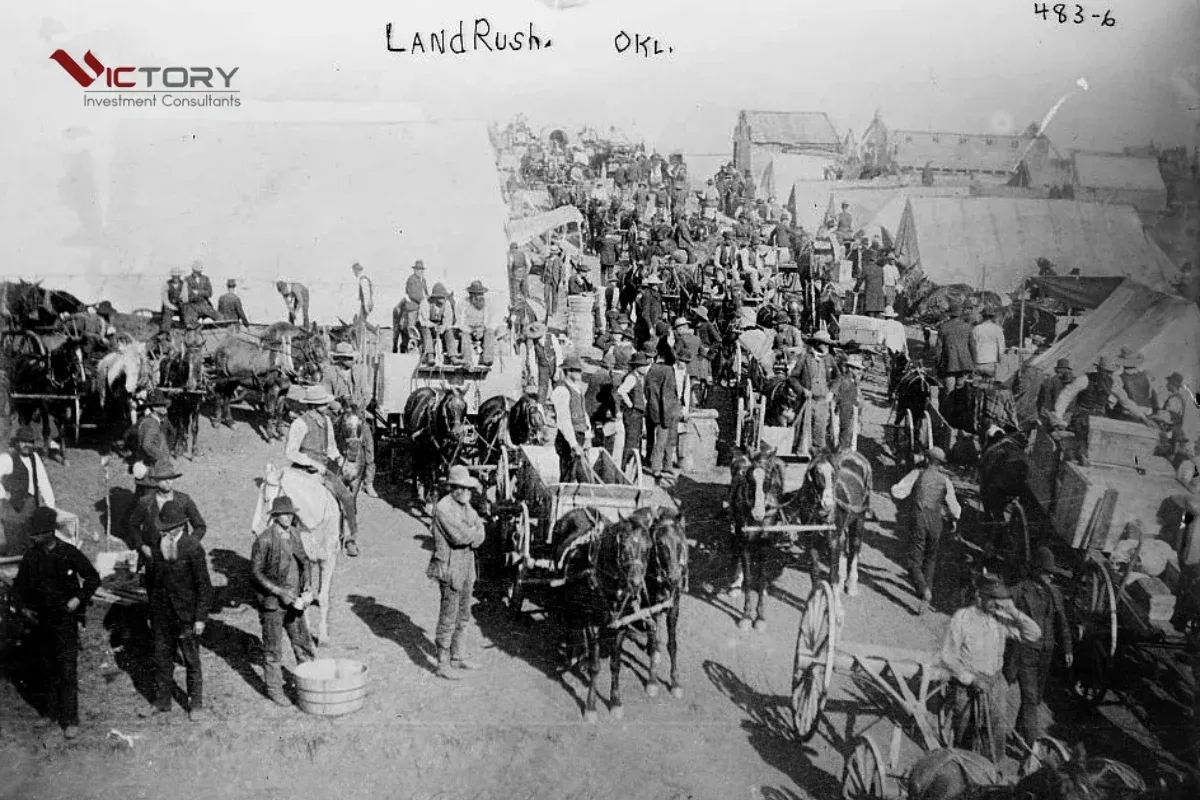Oklahoma, often known for its endless plains and distinctive cowboy culture, harbors a rich indigenous heritage, particularly that of the Seminole people. Embarking on a journey to explore this culture is more than just a tourist trip; it’s an opportunity to gain a deeper understanding of the history, traditions, and contributions of the Seminole people to the cultural diversity of the United States.
Oklahoma is not only a destination with affordable living and economic opportunities but also a unique cultural crossroads. Join “Du lịch khắp thế gian” (Travel the World) as we uncover the journey of discovering the indigenous culture of the Seminole people, one of the tribes with the most distinctive history and culture in this state.
Origins and History of the Seminole People
The Seminole people are a Native American tribe originating from the Creek tribes in the southeastern United States. In the 18th century, they migrated to Florida to escape European encroachment and other tribes. In Florida, they merged with other indigenous groups, escaped African slaves, and white settlers.

During the 1800s, the U.S. government sought to remove the Seminole people from Florida to lands west of the Mississippi River, including present-day Oklahoma. This led to three bloody Seminole Wars. Following these wars, many Seminoles were forcibly relocated to Oklahoma Territory, where they established a separate nation.
The Trail of Tears: Journey to Oklahoma
The Seminole removal to Oklahoma is a tragic chapter in their history. Forced to leave their homeland and familiar lives, they faced immense hardships on this arduous journey.
- Coercion and Trauma: The U.S. government used force to compel the Seminole people to leave Florida, causing much suffering and loss.
- Harsh Living Conditions: En route, they faced severe weather, shortages of food, water, and medicine, leading to disease and death.
- Cultural Loss: The relocation disrupted the cultural and social life of the Seminole people, challenging them to maintain their traditions and identity.
Culture and Distinctive Traditions of the Seminole People
Despite facing numerous hardships and challenges, the Seminole people have preserved and promoted their unique cultural values and traditions.
Language and Art
The traditional languages of the Seminole people are Mikasuki and Creek. Today, efforts are underway to preserve and revitalize both languages. The Seminole are also renowned for their exquisite handicrafts, including weaving, jewelry making, and wood carving.
- Weaving: Seminole people create vibrant fabrics with intricate geometric patterns, showcasing their creativity and skill.
- Jewelry: They use natural materials such as beads, shells, and metals to create unique jewelry pieces, deeply rooted in their culture.
- Wood Carving: Seminole wood carving art reflects their connection to nature and the spiritual world.

Festivals and Traditional Ceremonies
Festivals and traditional ceremonies play a vital role in the cultural life of the Seminole people. One of the most important festivals is the Green Corn Ceremony, marking the beginning of a new year and an occasion for purification, prayer, and celebration of a bountiful harvest.
- Green Corn Ceremony: This multi-day festival includes purification rituals, dances, songs, and other community activities.
- Naming Ceremony: The naming ceremony is a significant event in a Seminole person’s life, marking adulthood and connection to the community.
- Healing Ceremonies: Seminole people have traditional healing ceremonies that use herbs and spiritual practices to treat illnesses.
Seminole Cuisine
Seminole cuisine reflects their connection to the land and natural resources. Traditional dishes often use ingredients like corn, squash, beans, wild game, and fish.
- Sofkee: A soup made from fermented corn, a staple in the Seminole diet.
- Frybread: A type of puffy fried bread, often served with soups or meat.
- Grape Dumplings: A dessert made from flour and wild grapes, often eaten during festivals.
Exploring Seminole Culture in Oklahoma
Oklahoma is home to many historical and cultural sites related to the Seminole people. Visitors can explore museums, cultural centers, and historical landmarks to learn more about the tribe’s history, culture, and traditions.
Museums and Cultural Centers
- Seminole Nation Museum: Showcases artifacts, images, and documents related to the history and culture of the Seminole Nation of Oklahoma.
- Seminole Cultural Center: Organizes educational programs, art performances, and other cultural events to introduce Seminole culture.

Historical Sites
- Seminole Nation Capitol Museum: A historic building that once served as the government seat of the Seminole Nation, now a museum displaying the tribe’s political history.
- Wheatley Cemetery: A historic cemetery, the final resting place of many important figures in Seminole history.
Participating in Cultural Events
Visitors can also participate in Seminole cultural events to experience their traditions and customs firsthand.
- Green Corn Ceremony: Attending this festival is an excellent opportunity to learn about important Seminole rituals and traditions.
- Powwows: Powwows are large gatherings of Native American people where they sing, dance, and celebrate their culture.
Contributions of the Seminole People to Oklahoma
The Seminole people have made significant contributions to the development of Oklahoma in many areas, from economy and politics to culture and society.
- Economy: The Seminole Nation of Oklahoma operates many successful businesses, creating jobs and contributing to the state’s economy.
- Politics: They have their own autonomous government, representing the interests of the Seminole people and participating in state political affairs.
- Culture: The Seminole people have enriched Oklahoma’s cultural diversity, preserving and promoting their traditional cultural values.
Conclusion
The journey to understand the indigenous culture of the Seminole people in Oklahoma is a meaningful and profound experience. Through it, we can gain a deeper understanding of the history, culture, and contributions of the Seminole people to the cultural diversity of the United States. This is not just a tourist trip but also an opportunity to connect with the past, respect differences, and cherish traditional cultural values.
Come to Oklahoma and discover the wonders that the Seminole people have preserved and continue to maintain!